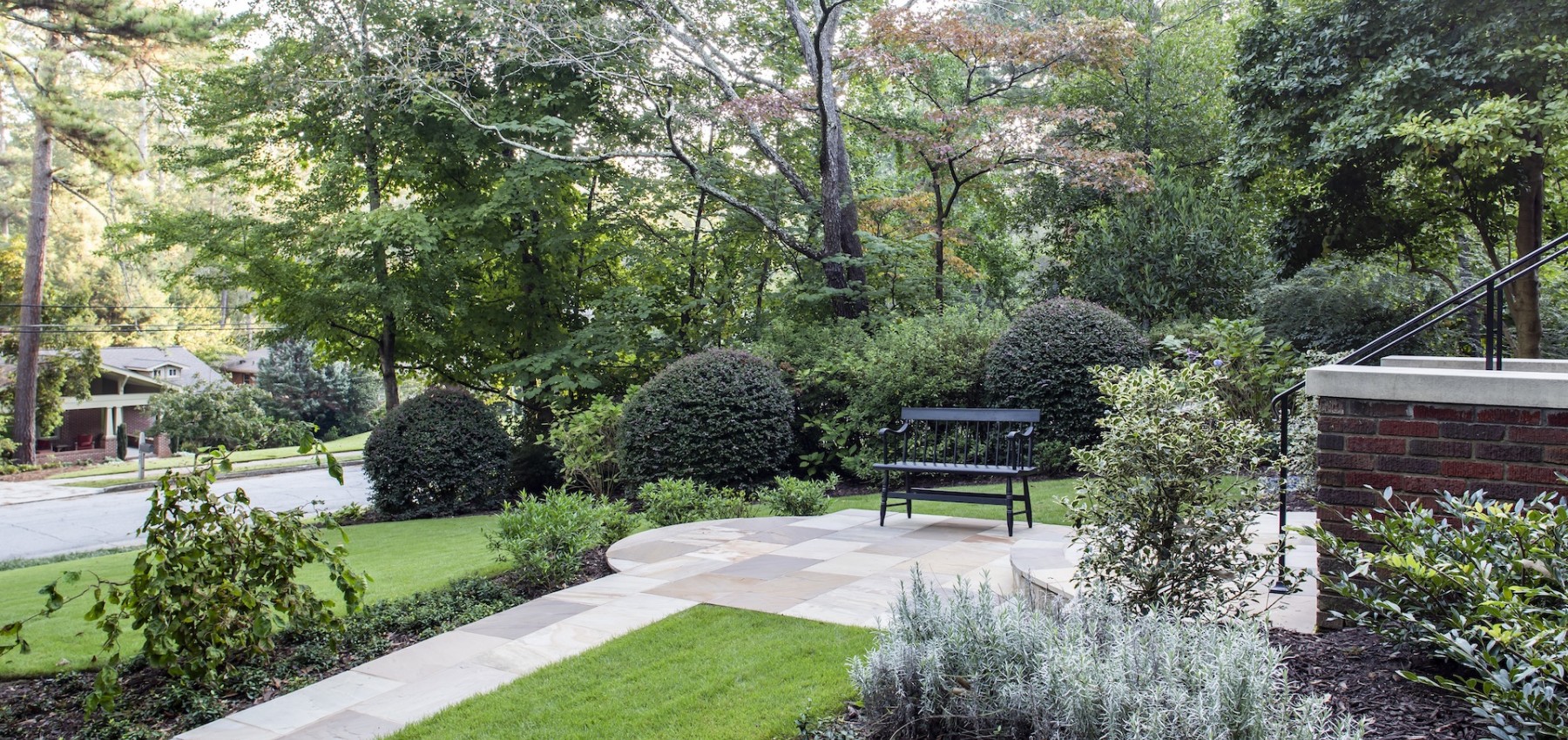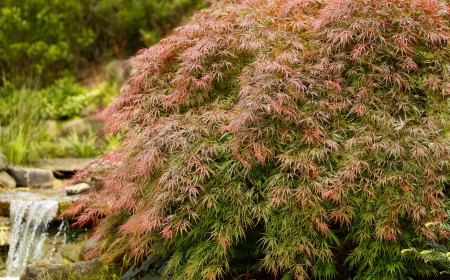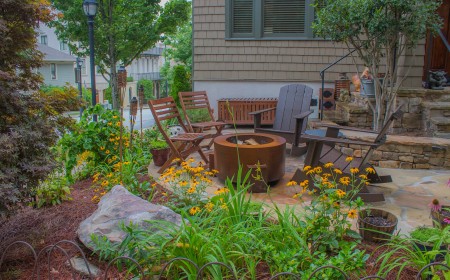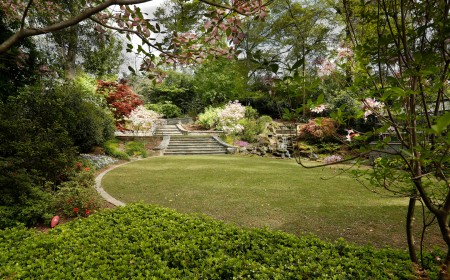Trees are some of the best low-cost investments you can make for your home’s landscape. They’re not only beautiful — they also provide incredible environmental benefits. Many require little maintenance outside of regular inspection and pruning.
However, when planted in the wrong place, trees can negatively impact your landscape by becoming a hazard — or preventing other plants and lawns from thriving. Following are some useful tips for choosing trees for your landscape. Proper planning can give you healthy, gorgeous trees that provide shade without getting in the way.
What do you want your tree for?
Before you do anything, ask yourself what you want your tree to “do.” Most customers I work with are looking for one of the following…
- Shade — Shade is a tree’s top function. And it’s no wonder why. Shade from mature trees can lower your house temperature in the summer, saving upwards of 30% in air conditioning costs. In the cooler months, if your tree sheds its leaves, the sun is able to warm your house too, with heat savings ranging in between 20–50%! If you have a patio or sitting area, a strategically-placed tree can keep you cool and prevent sun exposure. However, too much shade from a poorly-placed tree can encourage moss to grow on your lawn instead of grass. Ask yourself if you want year-round or summer shade.
- Flowers or fruit — If shade isn’t a priority, flowering trees are wonderful alternatives — especially for smaller spaces. While in bloom, the buds of these trees are often magnificent to behold and bursting in color. You might also consider a fruit tree, such as a cherry, a peach or even a pecan tree. Not only will you get wonderful buds — you’ll also be able to enjoy fruit throughout the summer!
- A focal point or decoration — Looking for a specimen or focal point for your garden? Maybe an option with peeling bark, beautifully-colored leaves or an interesting branch structure that shines when up-lit? Sometimes these specialty trees are slow-growing and more expensive, but their beauty often means they have places of distinction in landscapes.
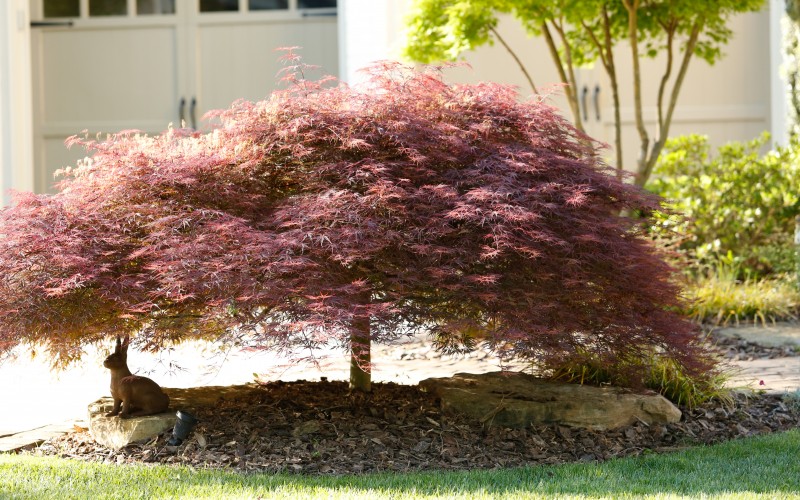
Some other general tips…
- Keep your tree’s full-grown size in mind — Before you plant anything, look around. Are there any obstacles that might hinder your tree’s growth? Are there power lines it might get entangled in? Or is it possible that it might take over that wonderful view you have out of your big bay window? Which leads us to my next point…
- Plan decades ahead — Trees might look great for a couple of years, while they're small, but as they grow they can start to take over an area. Many trees can grow for up to a century, ranging in size from 15 feet to over a hundred. Keep a long-term plan in mind. And if you’re unsure how big one of your trees is going to get, you can always ask us.
- Plant in the fall — The best time to plant a tree is in the fall, though it can also be done throughout the winter and during early spring. Fall is best, though, because it allows the tree time to recover from transplanting. While it recovers, it will create root systems before the more vigorous growth happens in the spring and summer. You can prepare the soil for planting by adding a slow-release fertilizer and compost in late summer.
Trees have so many benefits that go beyond the environment. They can define spaces in your landscape and act as barriers while also providing color and texture. If you’d like help deciding on which trees are best for your landscape — or some help with planting and maintenance — we’re here to help. Contact us today and let’s discover how you can improve your property with trees.
